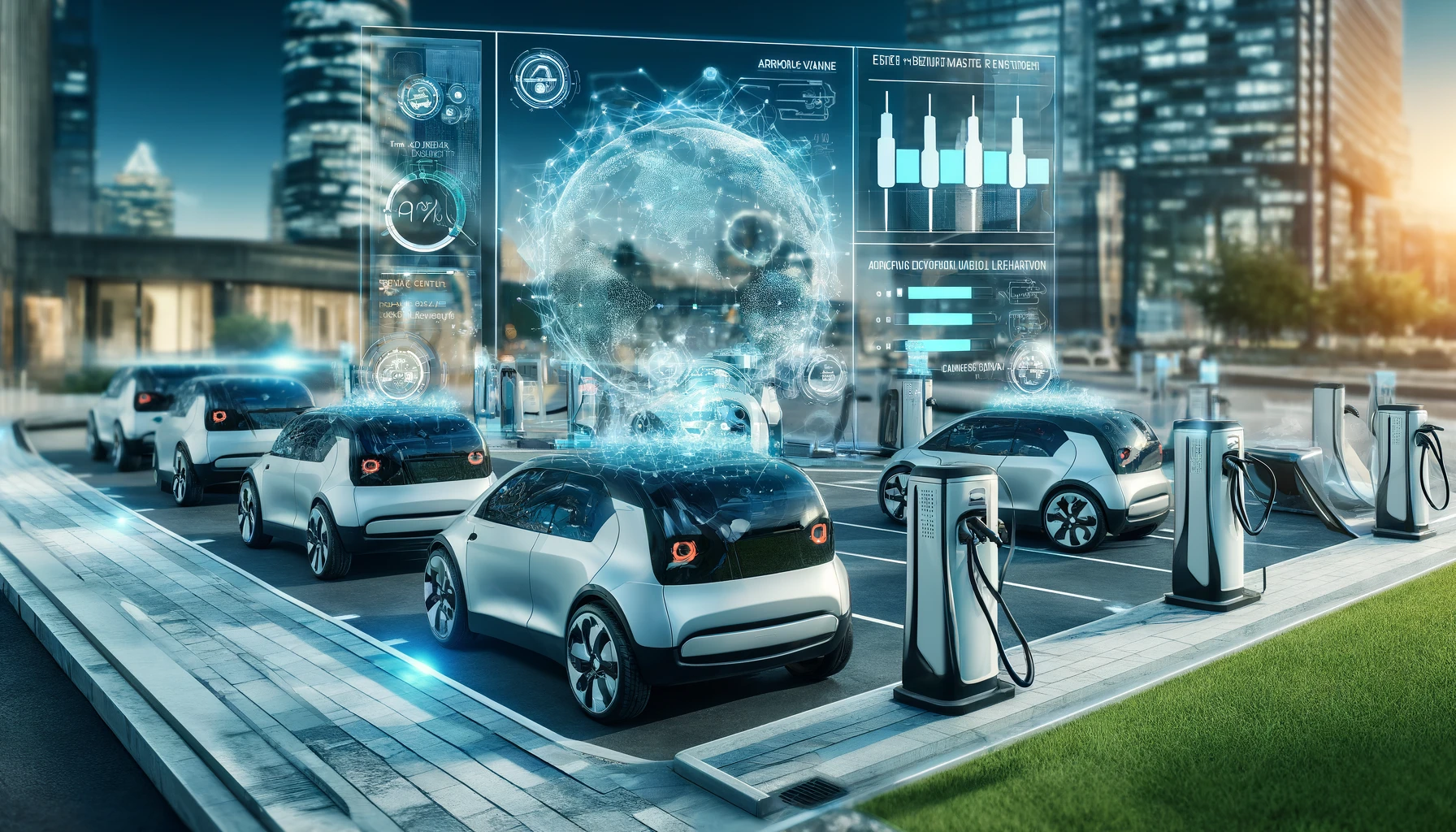India’s MAHA EV Mission Drives Forward Collaborative Innovation in Electric Mobility at National Stakeholders’ Summit
The MAHA EV Mission’s inaugural call for proposals welcomes a consortia approach, uniting researchers, labs, and industry to drive translational research and technological breakthroughs.

- Country:
- India
India took a significant step forward in advancing its electric mobility (EV) ecosystem as researchers, industry leaders, and experts convened for a major stakeholders’ meeting under the Mission for Advancement in High-Impact Areas (MAHA) Electric Vehicle (EV) Mission. This national mission, aiming to position India as a leader in sustainable transportation technology, hosted discussions and collaborations on EV battery innovation, charging infrastructure, and advancements in power electronics at Vigyan Bhawan, New Delhi.
Professor Ajay K. Sood, Principal Scientific Adviser to the Government of India, highlighted the mission’s role in supporting India's shift to sustainable mobility: "The MAHA EV Mission is a catalyst for innovation, designed to align with India’s national goals and to enhance the country's capabilities in EV technology through collaborative expertise.”
The event also marked the first call for proposals under the newly launched Anusandhan National Research Foundation (ANRF), with a focus on fostering interdisciplinary research and development through academic-industry partnerships. Professor Abhay Karandikar, Secretary of the Department of Science and Technology (DST) and CEO of ANRF, described the mission’s ambitious framework. “Significant investments have been made through ANRF, underpinned by a high-powered governing board to guide mission strategy. This mission targets critical areas in EV development, such as advanced battery technology and scalable charging solutions, essential to India's EV expansion.”
The MAHA EV Mission’s inaugural call for proposals welcomes a consortia approach, uniting researchers, labs, and industry to drive translational research and technological breakthroughs. This model seeks to bring India to the forefront of global EV innovation by developing solutions to boost efficiency and sustainability in the sector.
With more than 300 participants from academia, government, and industry attending both in person and virtually, the meeting underscored India’s commitment to an indigenous EV research and development ecosystem. Dr Shashi Bhushan Pandey, Program Coordinator for the EV Mission at ANRF, noted that fostering multi-stakeholder partnerships is crucial to achieving sustainable advancements in India’s electric mobility landscape.
Adding to the strategic discourse, Prof. Abhay Karandikar unveiled three thematic R&D Roadmaps focusing on tropical EV battery technology, power electronics, machines, and drives, and EV charging infrastructure. These roadmaps, now available on the DST website, offer guidance for project proposals and align with DST’s previously published white paper on eMobility and an overarching R&D roadmap released by the Principal Scientific Advisor's Office.
The MAHA EV Mission is structured to strengthen India’s competitiveness in the EV sector while responding to the global demand for sustainable transportation solutions. By leveraging research, government support, and industry collaboration, the mission aims to position India as a leader in innovative, competitive, and eco-friendly mobility solutions.
Senior officials from DST and ANRF, including Dr Anita Gupta, Head of Climate, Energy, and Sustainable Transport, attended the meeting to emphasize the broader goals of the mission. Through initiatives like the MAHA EV Mission, India aspires to secure a substantial role in the global EV market and foster a future defined by sustainable electric mobility.
- READ MORE ON:
- electric mobility
- Electric Vehicle
- MAHA EV Mission










